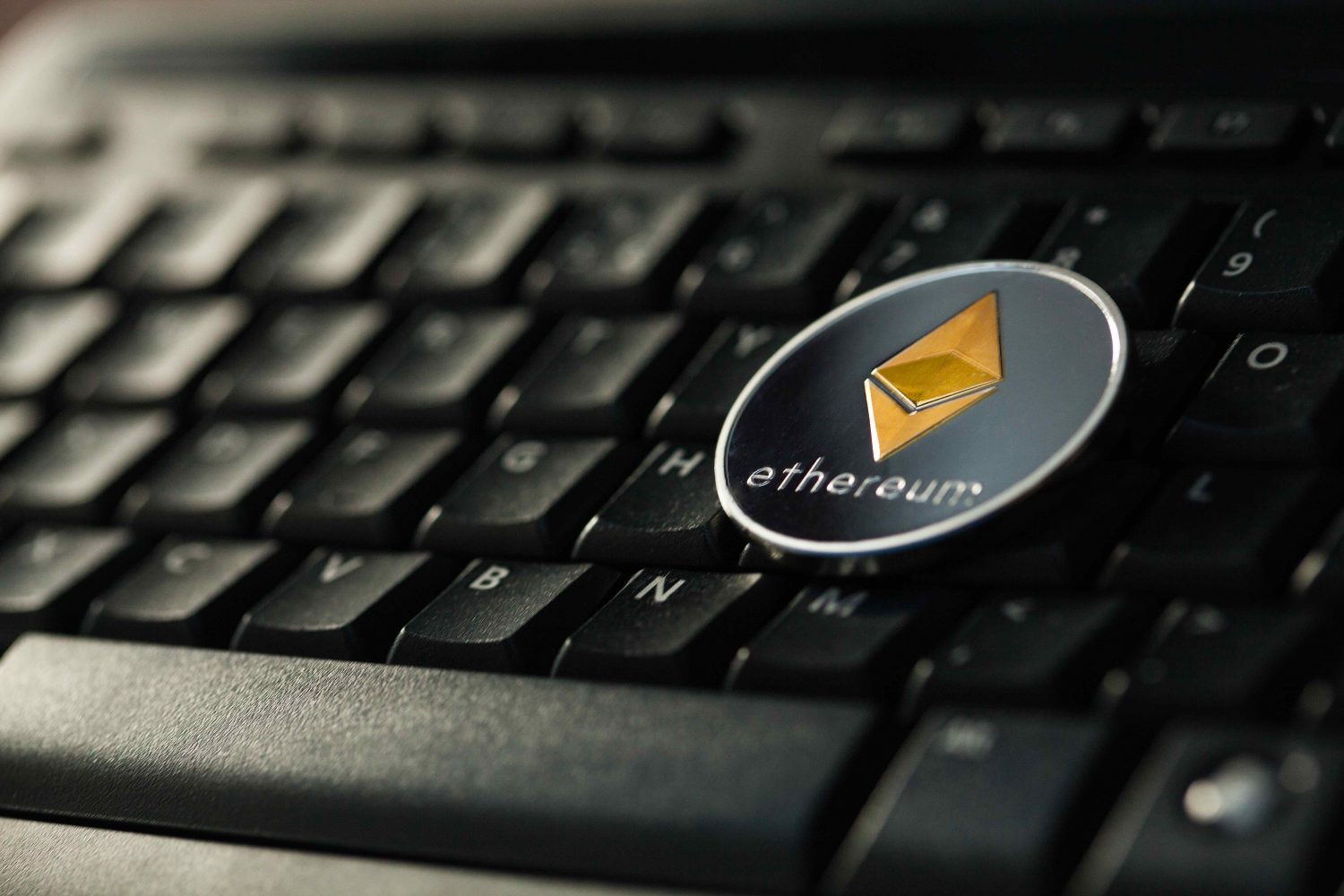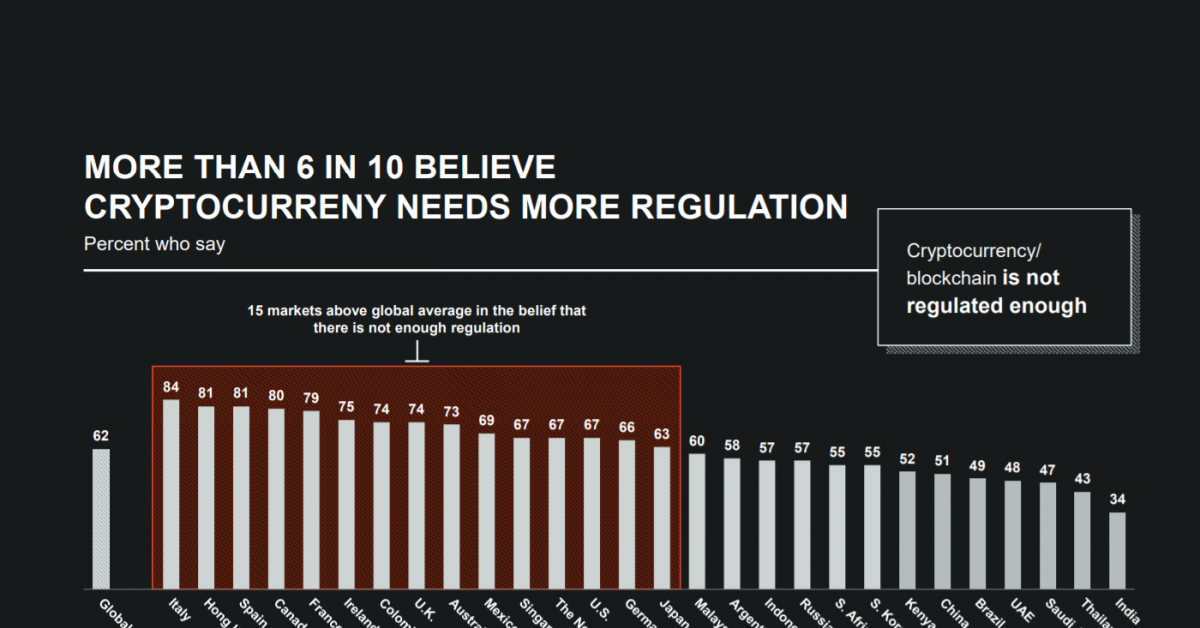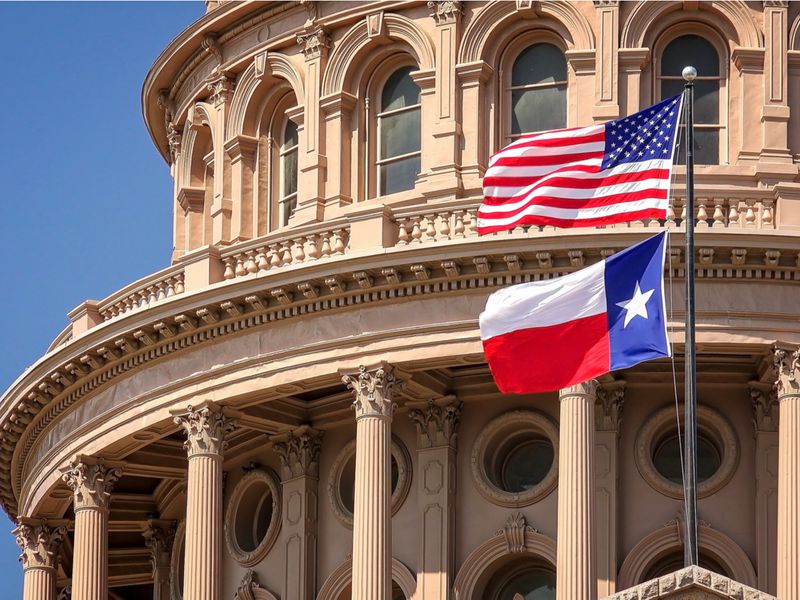Stablecoins Gain Traction as Inflationary Shield in Latin America, Europe Also Sees Growth
Join the most important conversation in crypto and Web3 taking place in Austin, Texas, April 26-28.
:format(jpg)/www.coindesk.com/resizer/WgYhfGvF1Wtby50u1DoJc94cNj8=/arc-photo-coindesk/arc2-prod/public/2YQVLFZKJVAPLARQM7RBM77WZI.png)
Marina Lammertyn is a CoinDesk reporter based in Argentina, where she covers the Latin American crypto ecosystem. She holds no crypto.
Join the most important conversation in crypto and Web3 taking place in Austin, Texas, April 26-28.
Stablecoin adoption worldwide continues apace despite the bear market and the banking crisis, which saw some projects (notably USDC) lose their dollar peg, Latin American and European crypto specialists said during a recent Spanish-language CoinDesk Twitter Spaces event.
“We see that stablecoin adoption continues to rise non-stop since 2019. In fact, stablecoins today represent more than 50% of Belo’s trading volume,” said Manuel Beaudroit, CEO and cofounder of Belo, an Argentina-based crypto exchange that operates in 136 countries.
Read this article in Spanish.
“Our second-biggest market is El Salvador, where bitcoin is a legal tender, and many users use our platform to deposit bitcoin in exchange for USDT,” he added. (USDT is the short name for tether, the biggest stablecoin by volume.)
Stablecoin market share kept growing during the bear market, even with the fall of bitcoin, ether and other altcoins, said Agustín Liserra, CEO and cofounder of Num Finance, an Argentina-based company that issues stablecoins pegged to developing countries currencies.
“Although it is true that crypto activity has decreased since the bear market, the participation and capitalization of the stablecoin market has grown a lot,” Liserra said.
Adoption varies by region. In a more developed economy, the growth was driven mainly by seasoned traders and investors; in Latin America, it came more from everyday citizens trying to protect their money from inflation.
In Europe, stablecoin adoption has been increasing since the crypto winter in 2017, when most investors and traders wanted to protect themselves from volatility within the crypto system, says Cristina Carrascosa, CEO and cofounder of ATH21, a Spain-based legal firm specialized in crypto and blockchain companies.
“The adoption in Europe didn’t come from fear or from wanting to protect savings, but more from speculation and using DeFi protocols to seize the benefit of the returns,” Carrrascosa said.
Latin America has some of the world’s highest inflation rates, with up to 50% of its workforce working in informal conditions and therefore operating outside the banking system.
In Argentina, the central bank imposes severe restrictions on the citizens from buying U.S. dollars, hoping to maintain its own federal reserves. That increases the attraction of buying a dollar-denominated stablecoin via the internet. “With a stablecoin, you can access a dollar account without having a dollar account,” Beaudroit said.
“Many people wanted to find a way to ‘dollarize’ their savings and found in DAI, USDC and USDT a very friendly way to do it,” Liserra said.
According to Chainalysis’ 2022 Geography of Currency report, Latin America’s key crypto adoption drivers are storing value and sending remittances, for which stablecoins are widely used.
Meanwhile, Central, Northern and Western Europe are the largest crypto economies worldwide thanks to DeFi, NFTs, and growing regulatory clarity, with a lower daily usage for stablecoins.“The new regulation affects all players such as service providers, token and stablecoin issuers who need to apply for licenses to operate and a published white paper,” Carrascosa said about the recently approved MiCA regulation. “Regulatory demands increase for stablecoin issuers that become ‘relevant’ to supervisors,” she added.
“[European]Users are beginning to forget about fiat currency as their business flow is earned and spent directly in stablecoins,” Carrascosa said.
This is also a trend in Latin America, where more people now earn their salary directly in “crypto dollars” or stablecoins, depositing them in wallets and using them to live every day, according to Beaudroit.
DISCLOSURE
Please note that our
privacy policy,
terms of use,
cookies,
and
do not sell my personal information
has been updated
.
The leader in news and information on cryptocurrency, digital assets and the future of money, CoinDesk is a media outlet that strives for the highest journalistic standards and abides by a
strict set of editorial policies.
CoinDesk is an independent operating subsidiary of
Digital Currency Group,
which invests in
cryptocurrencies
and blockchain
startups.
As part of their compensation, certain CoinDesk employees, including editorial employees, may receive exposure to DCG equity in the form of
stock appreciation rights,
which vest over a multi-year period. CoinDesk journalists are not allowed to purchase stock outright in DCG
.
:format(jpg)/www.coindesk.com/resizer/WgYhfGvF1Wtby50u1DoJc94cNj8=/arc-photo-coindesk/arc2-prod/public/2YQVLFZKJVAPLARQM7RBM77WZI.png)
Marina Lammertyn is a CoinDesk reporter based in Argentina, where she covers the Latin American crypto ecosystem. She holds no crypto.
Learn more about Consensus 2023, CoinDesk’s longest-running and most influential event that brings together all sides of crypto, blockchain and Web3. Head to consensus.coindesk.com to register and buy your pass now.
:format(jpg)/www.coindesk.com/resizer/WgYhfGvF1Wtby50u1DoJc94cNj8=/arc-photo-coindesk/arc2-prod/public/2YQVLFZKJVAPLARQM7RBM77WZI.png)
Marina Lammertyn is a CoinDesk reporter based in Argentina, where she covers the Latin American crypto ecosystem. She holds no crypto.








